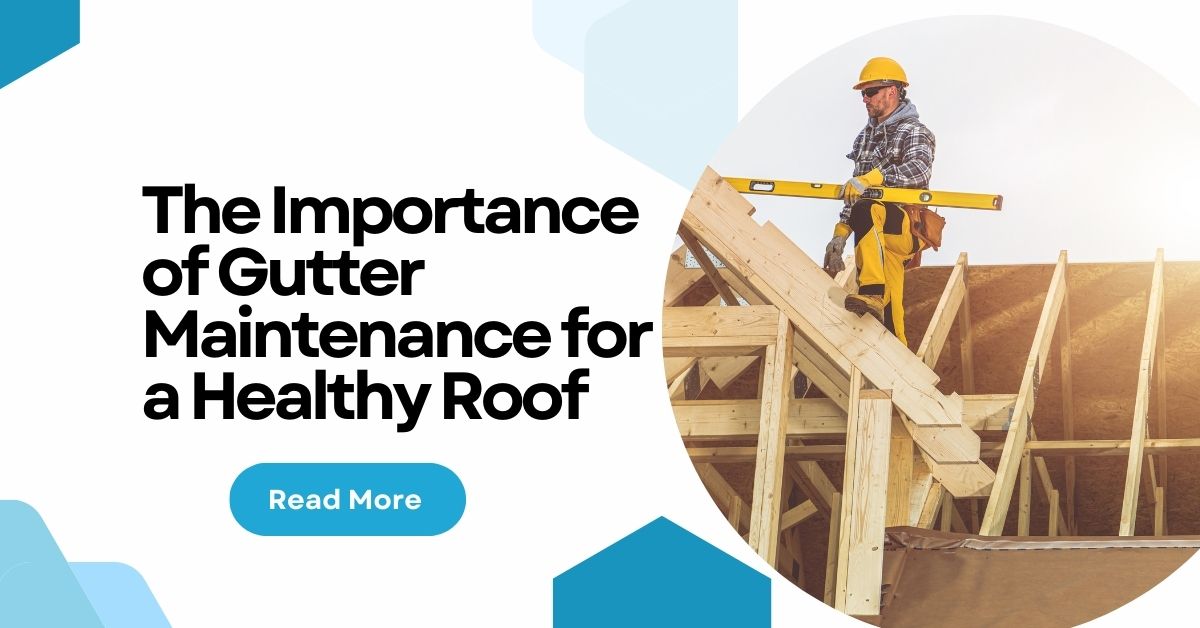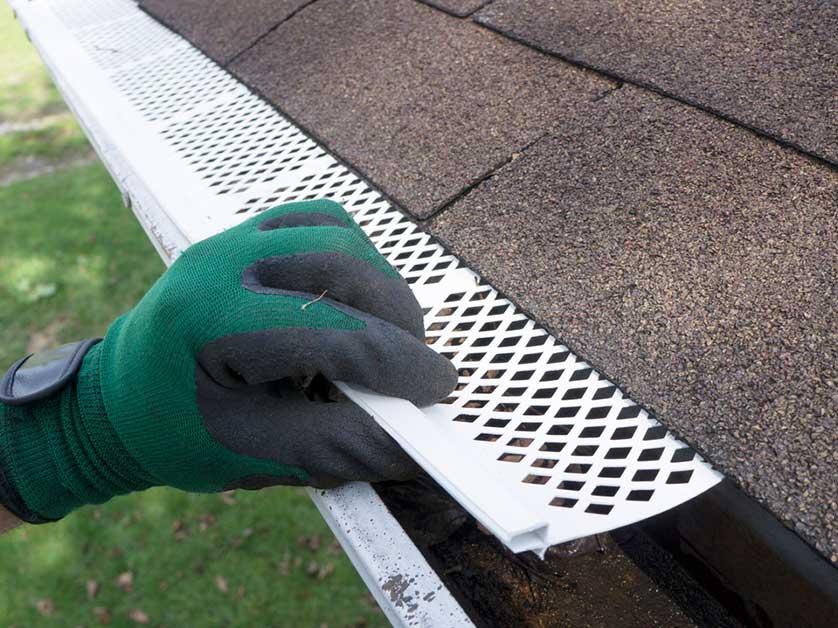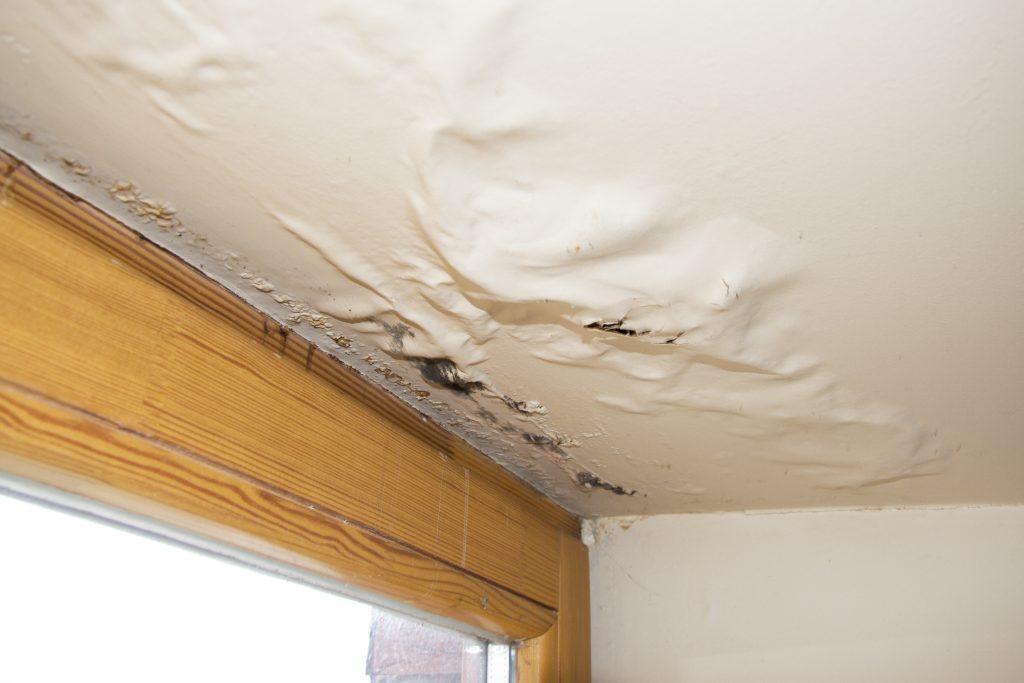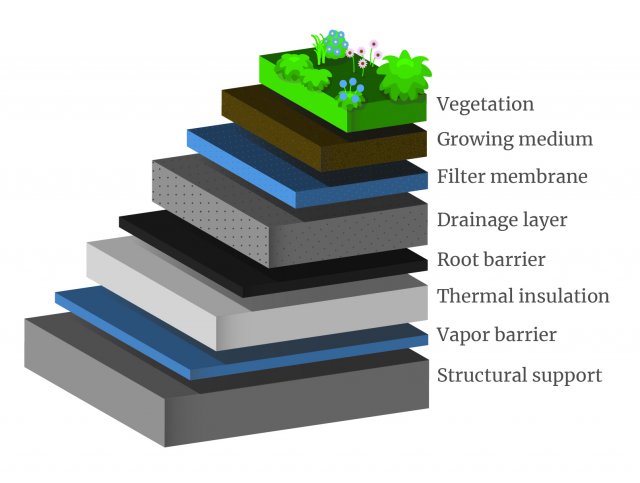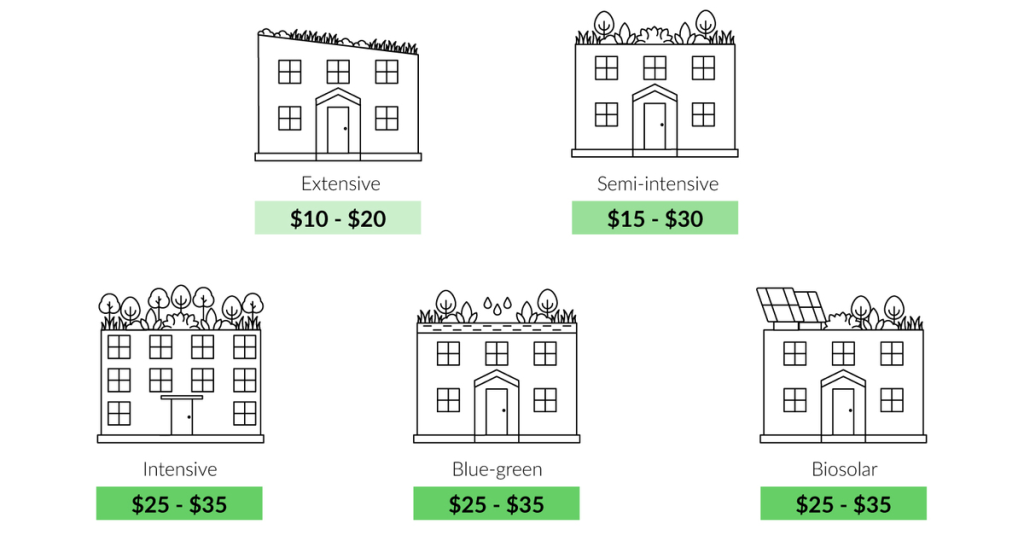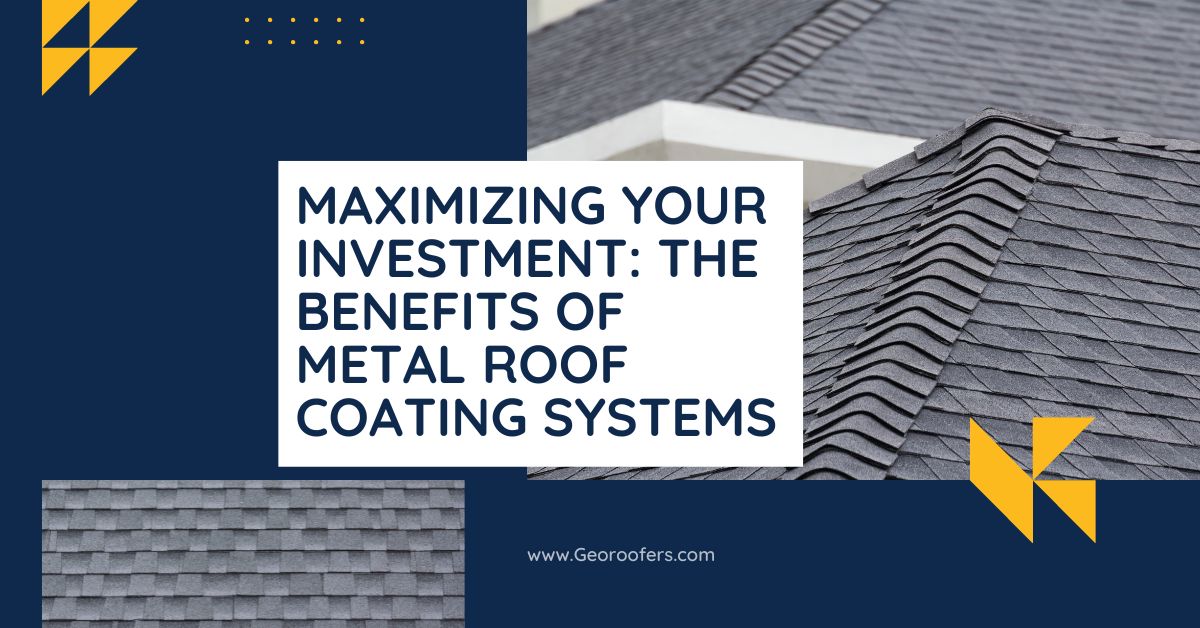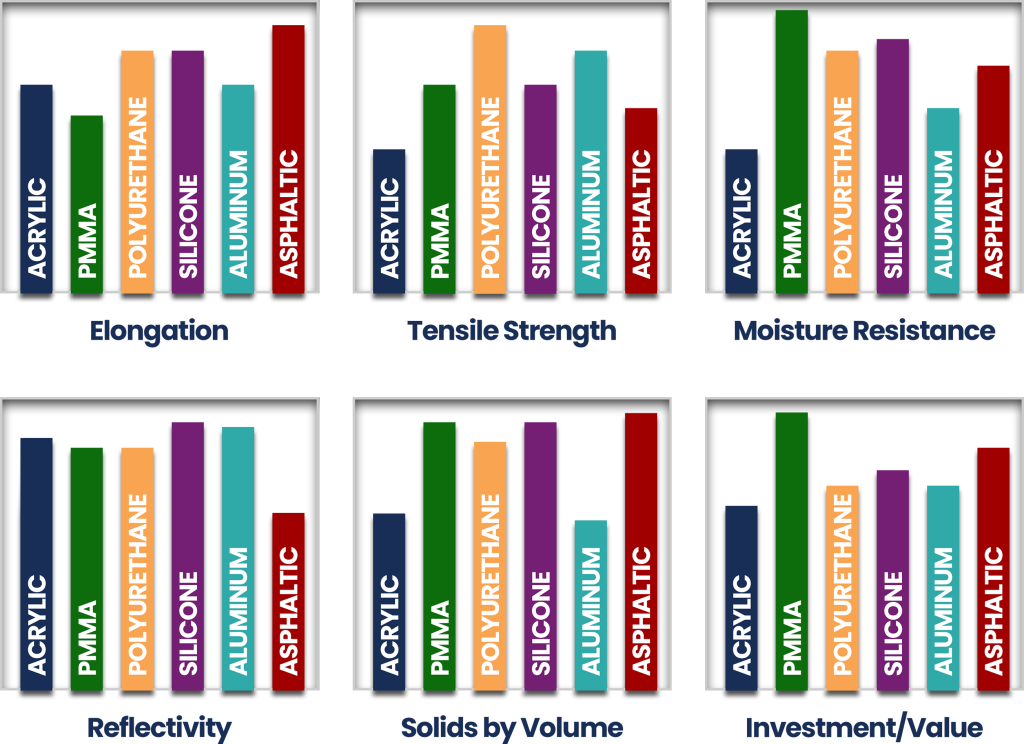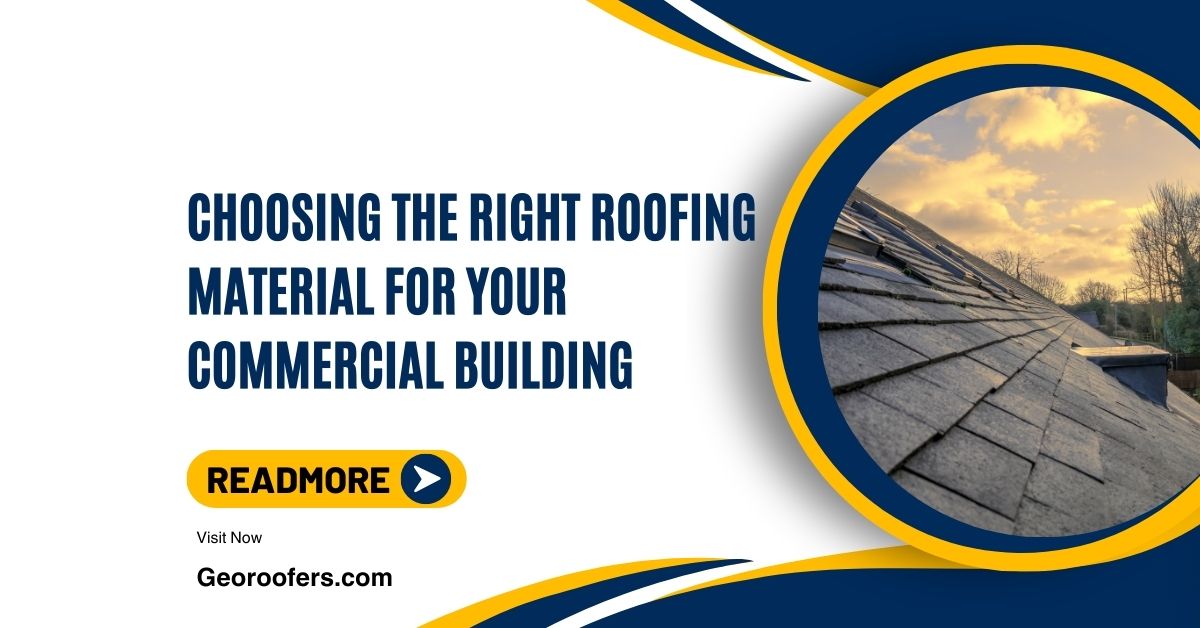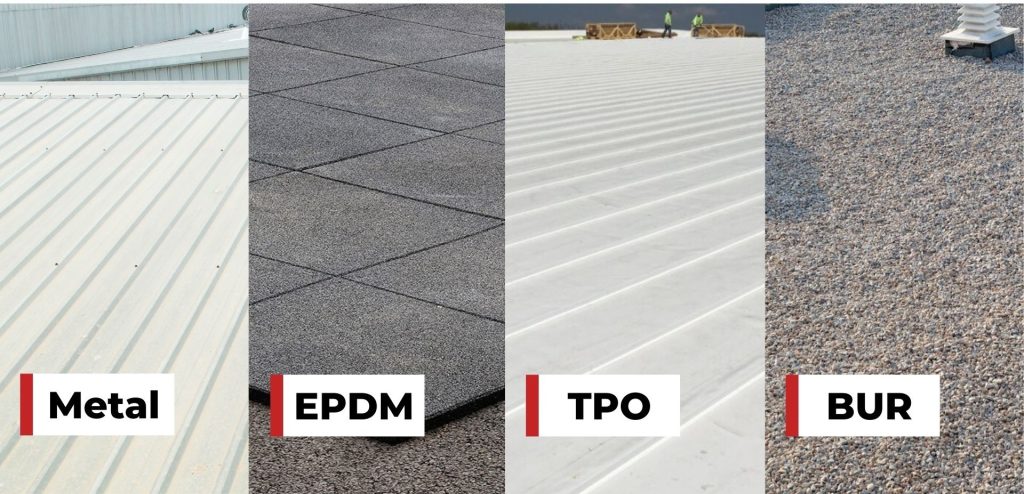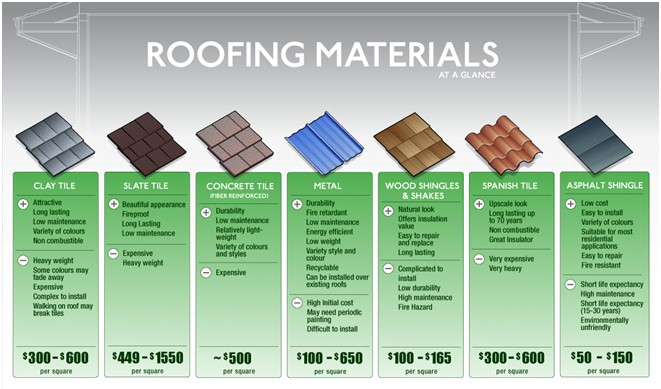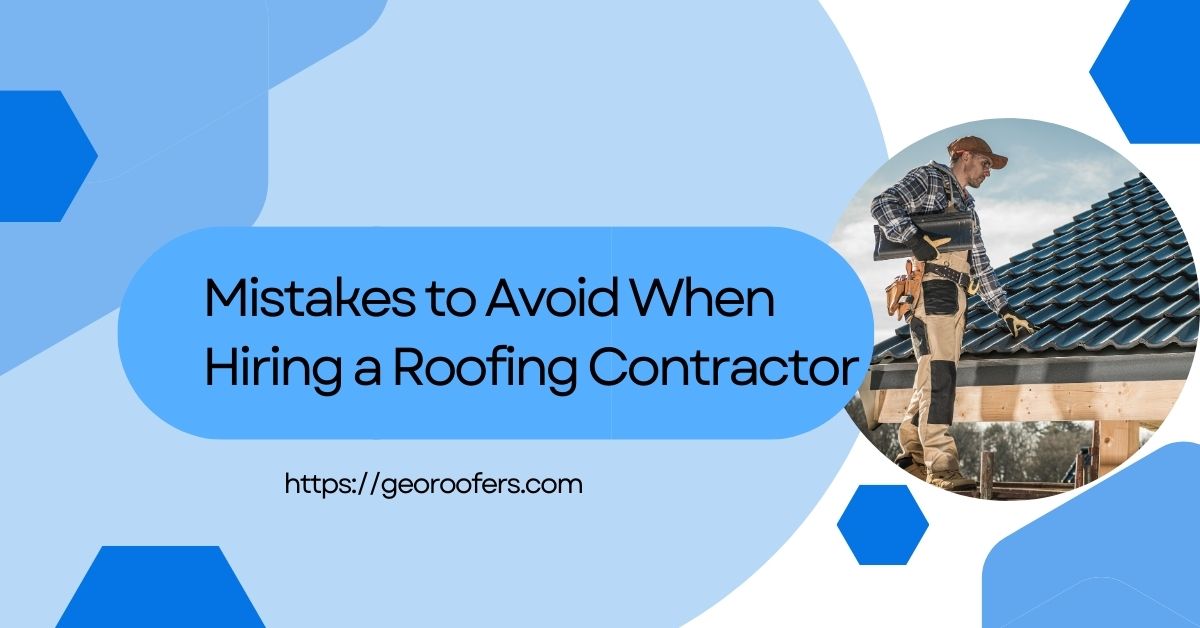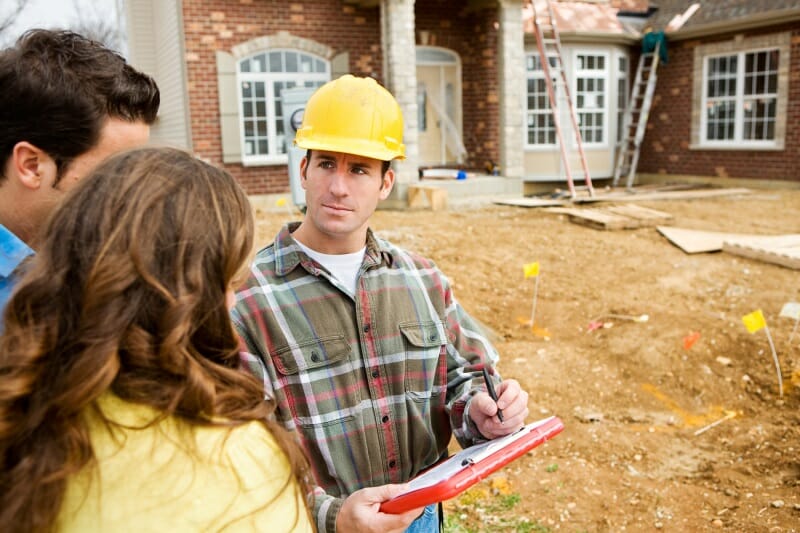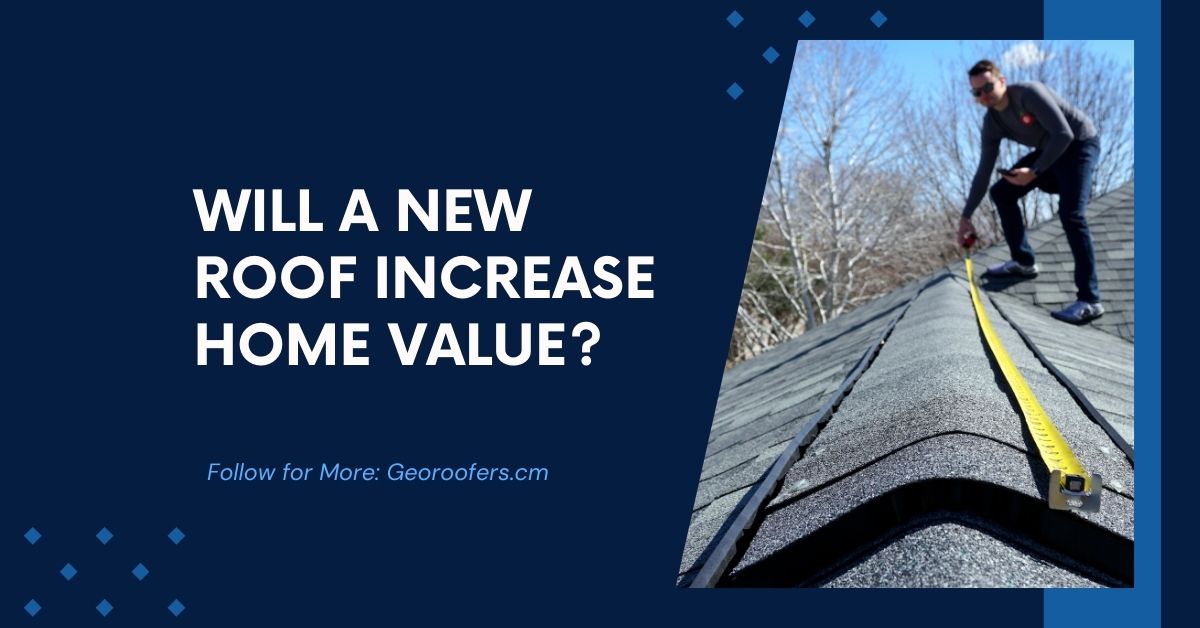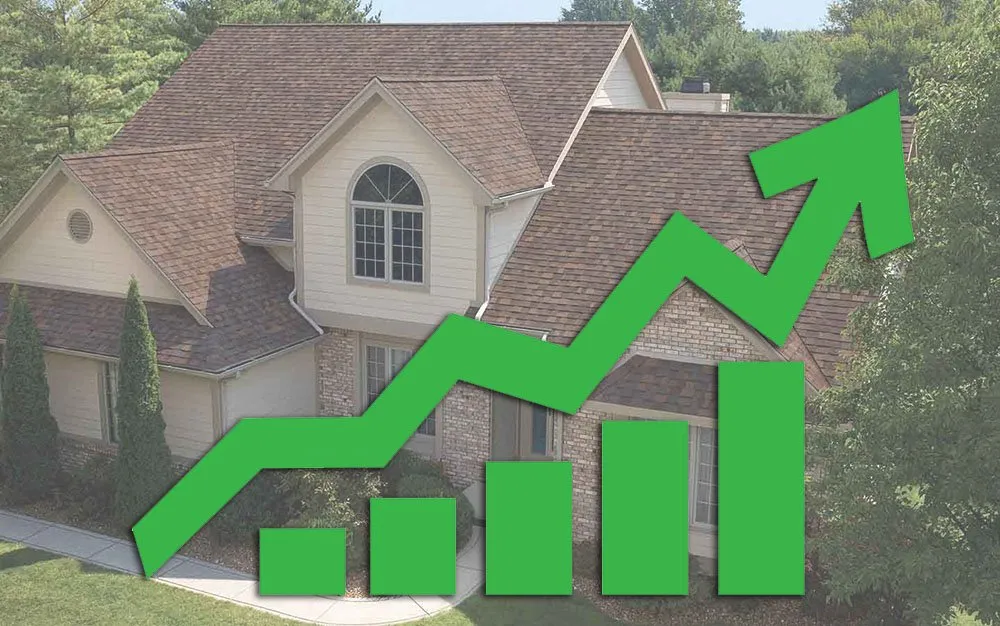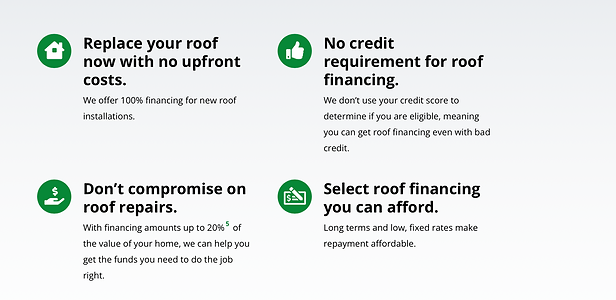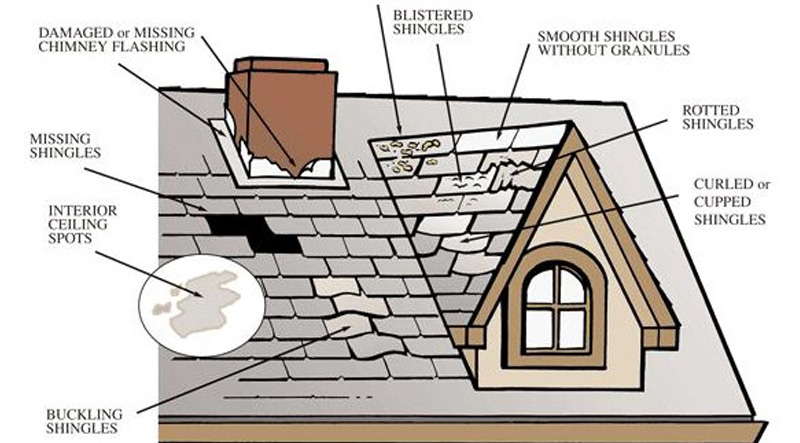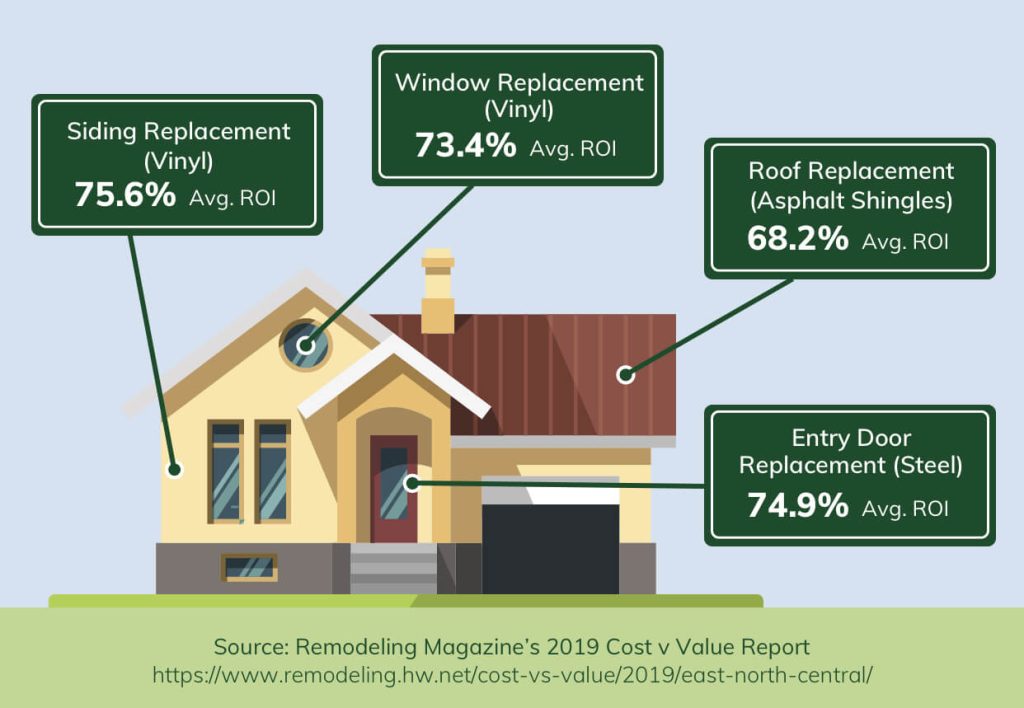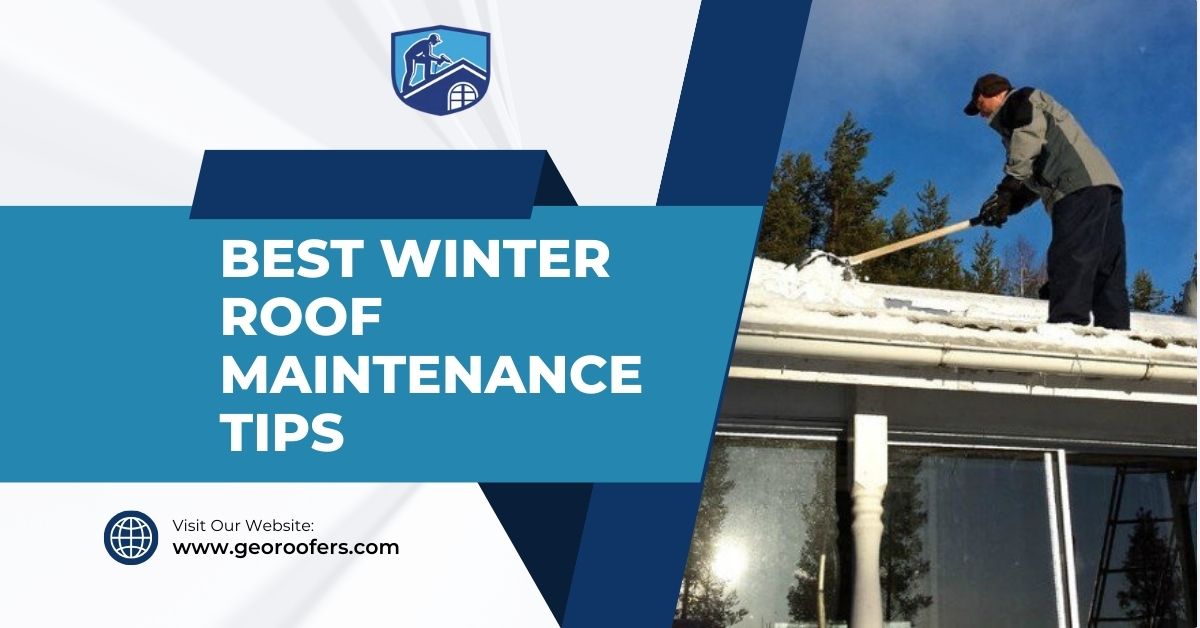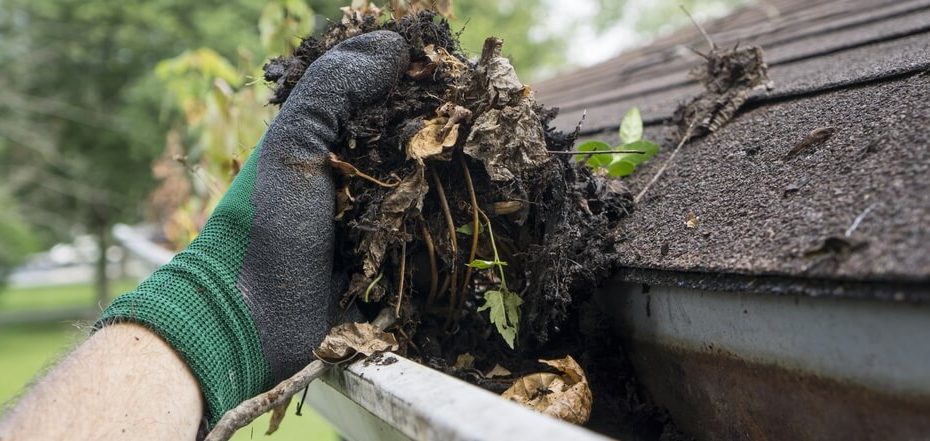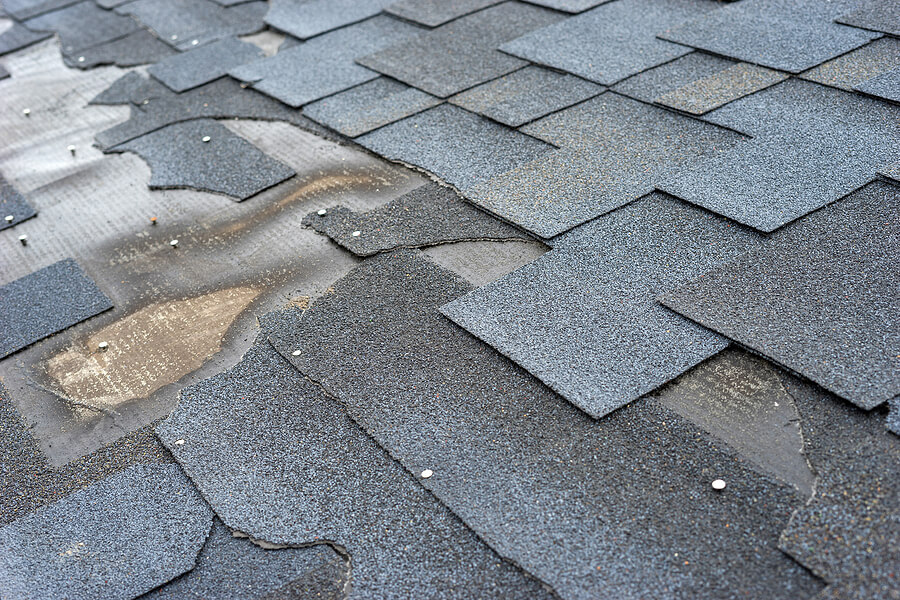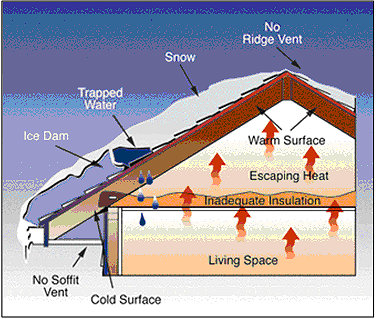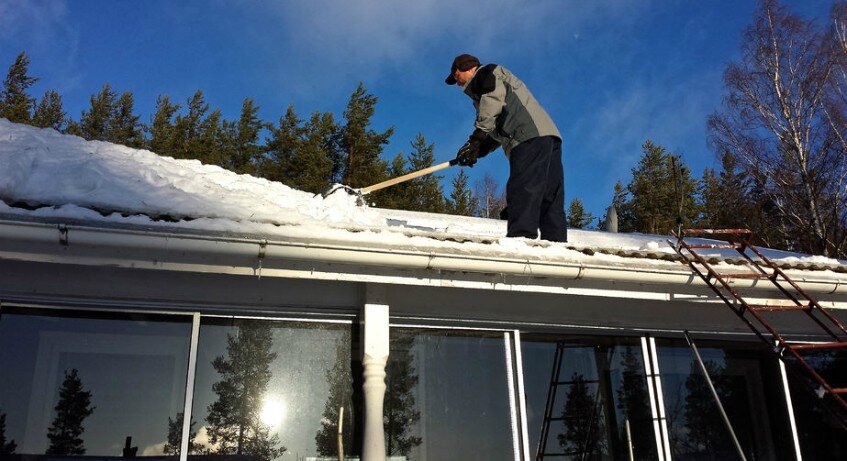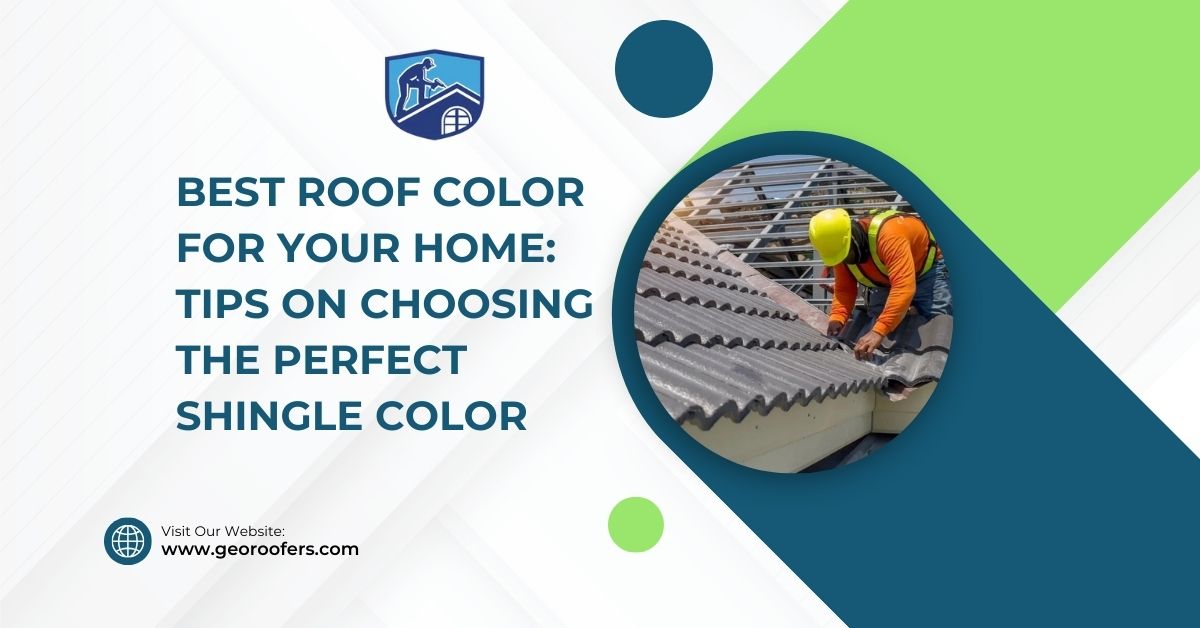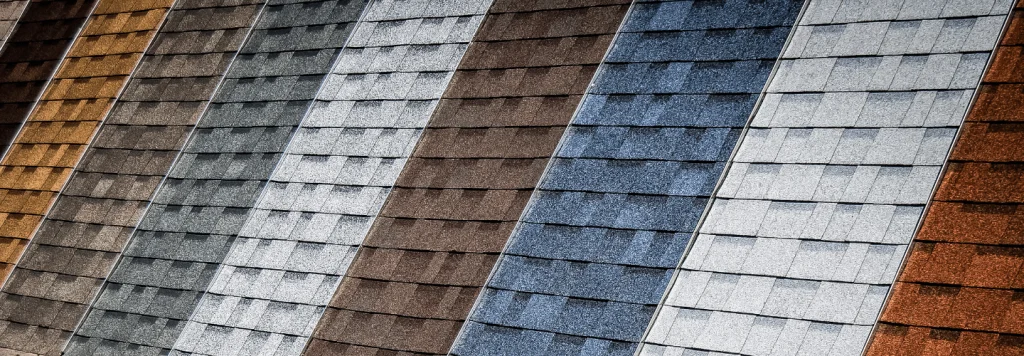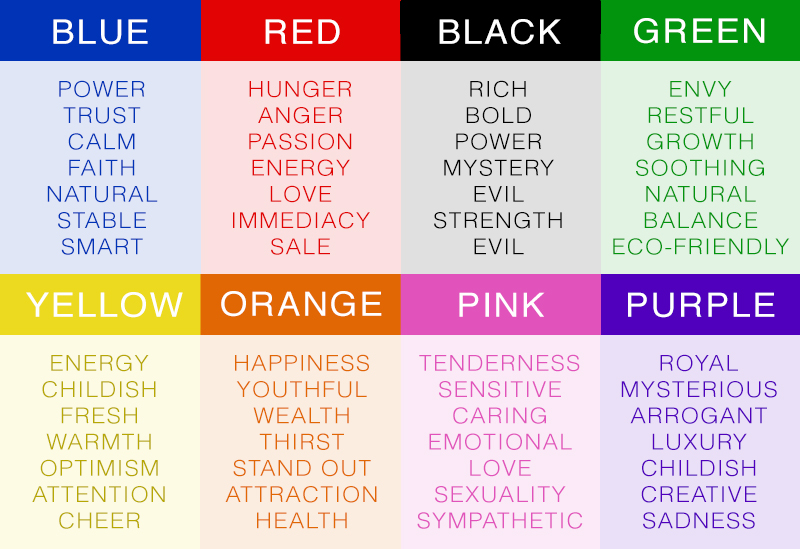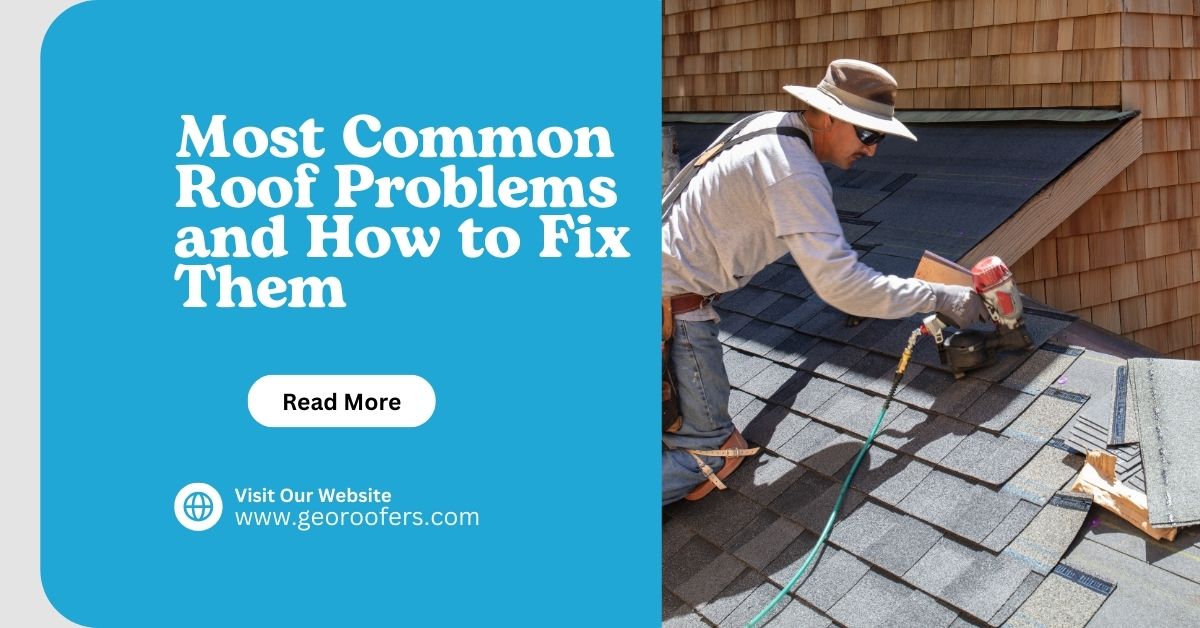
Roofs, while often overlooked, play a critical role in protecting our homes. However, over time, they can develop issues that need attention. From minor leaks to major structural damage, roof problems can vary widely in severity. In this article, we’ll explore the 10 most common roof problems homeowners encounter and provide practical solutions to address them.
1. Roof Leaks: Identifying and Repairing Them
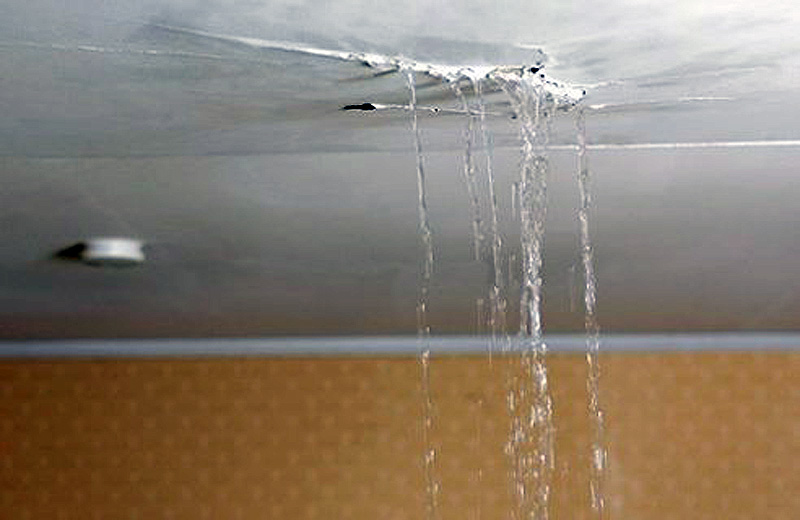
Roof leaks are perhaps the most common issue homeowners face. They can result from various factors, including damaged shingles, deteriorated flashing, or poor installation. Identifying the source of a leak can be challenging, as water can travel along the roof before entering the home. However, prompt action is crucial to prevent further damage to the roof and interior of the house.
To repair a leaky roof, start by inspecting the attic for signs of water intrusion. Look for damp spots, water stains, or mold growth, as these indicate the presence of a leak. Once you’ve located the source, repair it promptly. Depending on the cause of the leak, this may involve replacing damaged shingles, resealing flashing, or patching holes in the roof.
2. Damaged Roofing Materials: Assessing and Addressing Wear and Tear
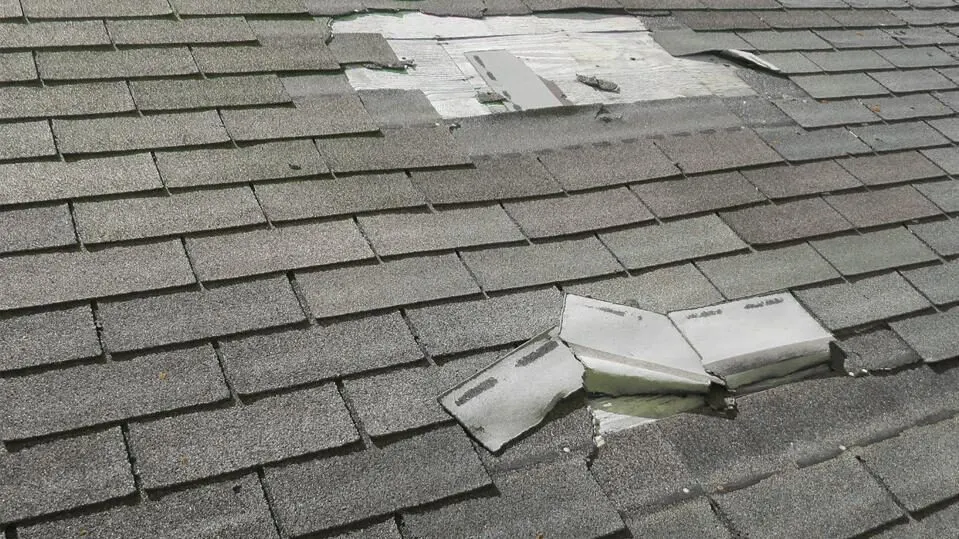
Over time, roofing materials can deteriorate due to exposure to the elements. This can manifest as cracked, curling, or missing shingles, as well as sagging or buckling sections of the roof. Inspecting your roof regularly can help identify these issues early on, allowing you to take corrective action before they worsen.
If you notice damaged roofing materials, such as shingles or tiles, replace them promptly to maintain the integrity of the roof. Additionally, address any underlying issues, such as inadequate ventilation or improper installation, to prevent future damage.
3. Improper Roof Ventilation: Understanding the Importance and Impact
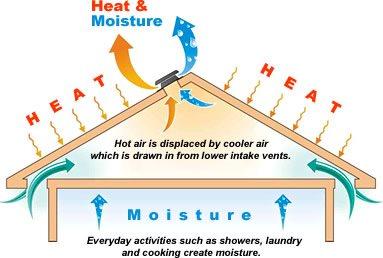
Proper ventilation is essential for a healthy roof and home. Without adequate airflow, moisture can become trapped in the attic, leading to mold growth, wood rot, and premature deterioration of roofing materials. Conversely, excessive ventilation can result in energy loss and increased heating and cooling costs.
To ensure proper roof ventilation, assess the current airflow in your attic and make adjustments as needed. Install ridge vents, soffit vents, or attic fans to promote air circulation and prevent moisture buildup. Additionally, seal any gaps or leaks in the attic to maintain the effectiveness of the ventilation system.
4. Roofing System Issues: Addressing Comprehensive Problems
Sometimes, roof problems extend beyond individual components to encompass the entire roofing system. This can occur due to age, poor maintenance, or inadequate installation. Common roofing system issues include structural damage, water pooling, and ice dams, all of which require comprehensive solutions.
If you’re experiencing issues with your roofing system, consult a professional roofing contractor for a thorough inspection and assessment. They can identify underlying issues and recommend appropriate repairs or replacements to restore the integrity of the roof.
5. Small Leaks: Nipping Them in the Bud Before They Worsen
While small leaks may seem insignificant at first, they can quickly escalate into major problems if left unaddressed. Even minor drips can cause water damage to the underlying structure of the roof and compromise its integrity over time. Therefore, it’s essential to address small leaks promptly to prevent further damage.
If you discover a small leak in your roof, don’t ignore it. Even if it appears minor, take immediate action to repair it before it worsens. This may involve patching the affected area with roofing cement or installing flashing to divert water away from the leak.
6. Damage to the Roof Decking: Strengthening the Foundation of Your Roof
The roof decking serves as the foundation for your roof, providing support and stability for the roofing materials above. However, it can become damaged over time due to moisture intrusion, pest infestation, or improper installation. Common signs of damaged roof decking include sagging or uneven sections of the roof.
If you suspect damage to your roof decking, have it inspected by a professional roofing contractor. They can assess the extent of the damage and recommend appropriate repairs or replacements to strengthen the foundation of your roof.
7. Common Flat Roof Problems: Understanding and Addressing Specialized Issues
Flat roofs present unique challenges compared to sloped roofs, as they are more prone to water pooling and leakage. Common flat roof problems include membrane damage, ponding water, and inadequate drainage. Addressing these issues requires specialized knowledge and techniques.
If you have a flat roof, be vigilant about maintenance and promptly address any signs of damage or deterioration. Ensure proper drainage by clearing debris from drains and gutters regularly, and consider installing a protective membrane to prevent water intrusion.
8. Common Roofing Material Issues: Choosing the Right Materials for Your Roof
The type of roofing material you choose can significantly impact the longevity and performance of your roof. Common roofing materials include asphalt shingles, metal, tile, and slate, each with its unique advantages and drawbacks. Understanding the pros and cons of different materials can help you make an informed decision when replacing or repairing your roof.
When selecting roofing materials, consider factors such as durability, cost, and aesthetics. Choose high-quality materials that are suitable for your climate and environment, and ensure proper installation to maximize their lifespan.
9. Regular Roof Maintenance: Preventing Problems Before They Arise
Regular roof maintenance is key to preventing problems before they arise. By inspecting your roof periodically and addressing issues promptly, you can extend its lifespan and avoid costly repairs down the line. Schedule seasonal maintenance checks to identify and address any potential issues before they escalate.
During maintenance checks, inspect the surface of the roof for signs of damage or wear, such as missing shingles, cracks, or granule loss. Trim overhanging branches and clear debris from the roof to prevent damage and promote airflow. Additionally, check for signs of moisture in the attic and address any ventilation issues.
10. Professional Roof Inspection: When to Call in the Experts
While regular maintenance can help keep your roof in good condition, some issues may require the expertise of a professional roofing contractor. If you notice any signs of roof damage or deterioration, such as leaks, sagging, or mold growth, don’t hesitate to seek professional assistance. A qualified roofer can conduct a thorough inspection of your roof and recommend appropriate repairs or replacements to ensure its longevity and performance.
In conclusion, addressing common roof problems promptly is essential for maintaining the integrity and longevity of your roof. By understanding the causes and solutions for these issues, you can protect your home from water damage, structural issues, and other costly problems. Remember to schedule regular maintenance checks and seek professional assistance when needed to keep your roof in top condition.
Summary of Key Points:
- Identify Leaks Promptly: Don’t ignore even minor leaks, as they can lead to major damage over time.
- Address Damage: Replace damaged roofing materials promptly to prevent further deterioration.
- Ensure Proper Ventilation: Proper attic ventilation is crucial for preventing moisture buildup and prolonging the life of your roof.
- Comprehensive Solutions: Address roofing system issues comprehensively to prevent recurring problems.
- Don’t Ignore Small Leaks: Nip small leaks in the bud before they worsen and cause significant damage.
- Strengthen Roof Decking: Repair or replace damaged roof decking to maintain the integrity of your roof.
- Specialized Flat Roof Care: Flat roofs require specialized maintenance to prevent water pooling and leakage.
- Choose the Right Materials: Select high-quality roofing materials suitable for your climate and environment.
- Regular Maintenance is Key: Schedule regular maintenance checks to identify and address issues before they escalate.
- Seek Professional Help When Needed: Don’t hesitate to call in a professional roofing contractor for thorough inspections and repairs.



